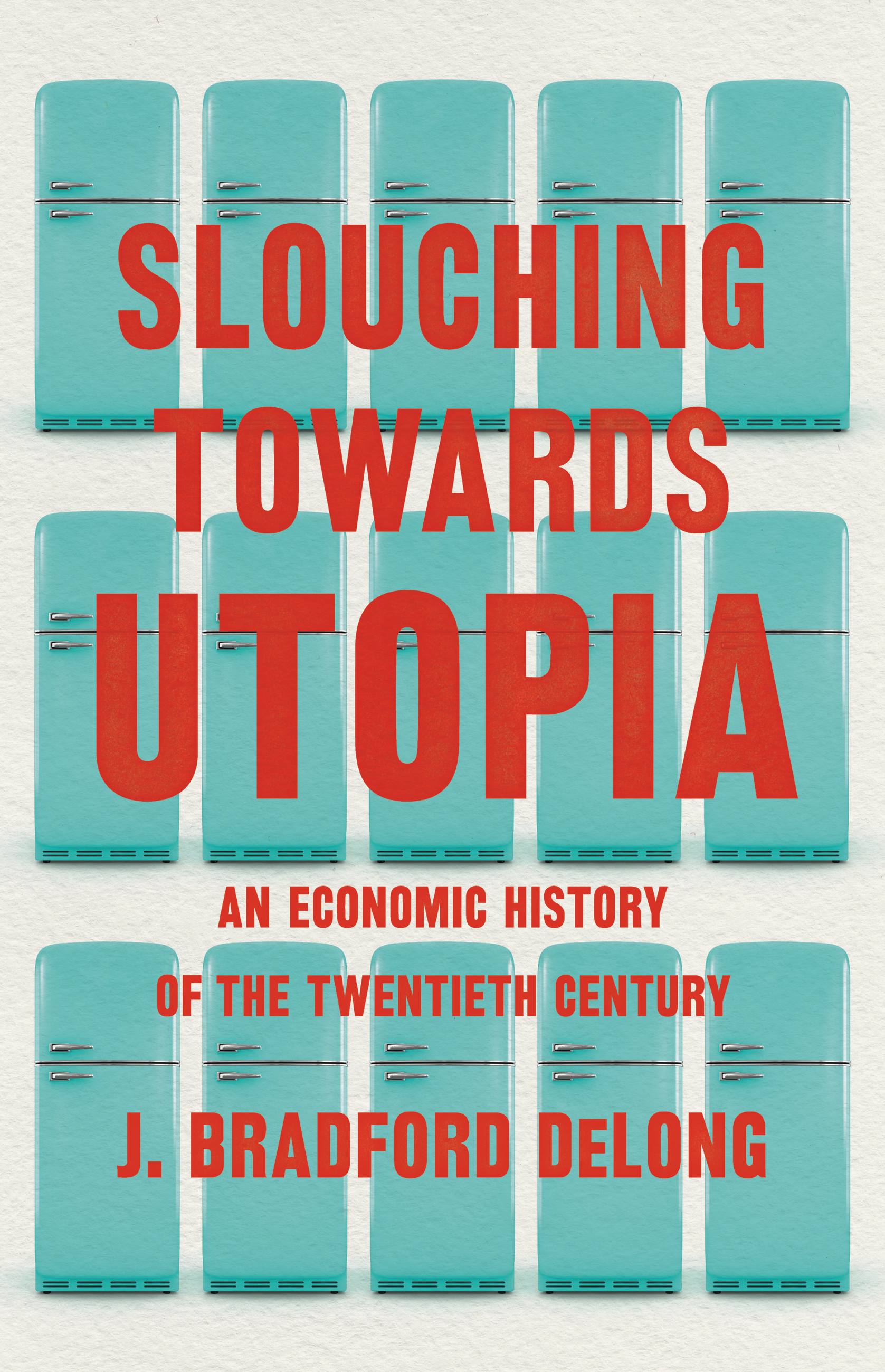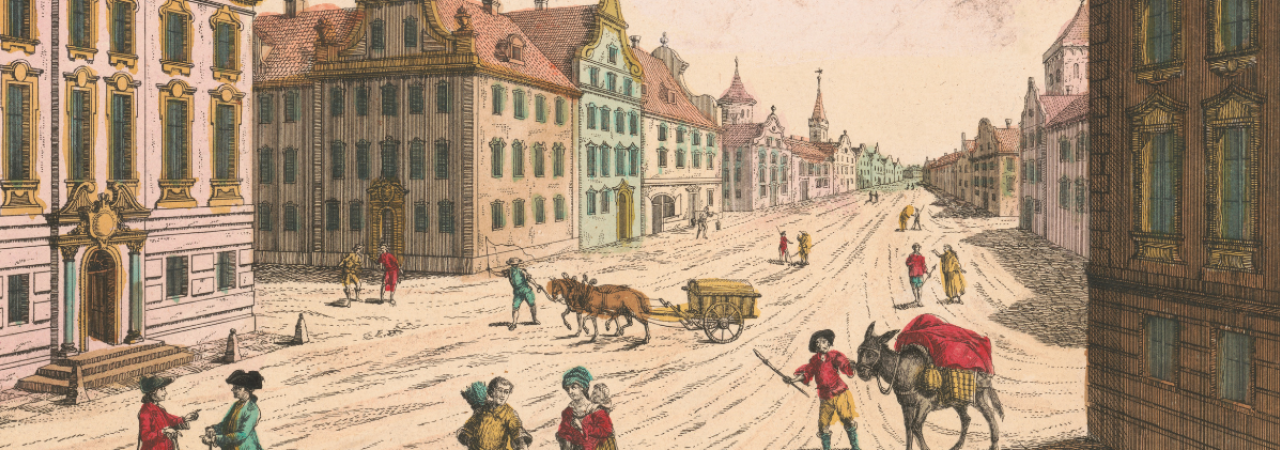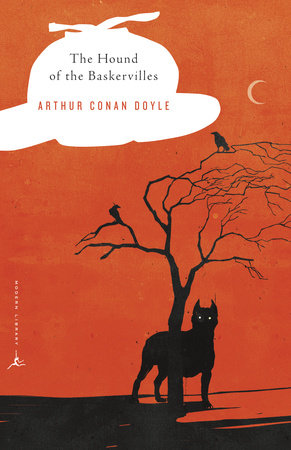Interesting Books I've Read in 2023
∷
Books: 2025 - 2024 - 2023 - 2022 - 2021 - 2020 - 2019 - 2018
Below are some interesting books I’ve read in 2023. Much like last year, I’m giving six recommendations rather than the three of years past. Lost Continents looks at Atlantis and similar fictional places as rhetorical devices. Slouching Towards Utopia offers a narrative economic history of the 20th century that focuses on the interaction between policy and economic thought. The Hound of the Baskervilles is a wonderfully Gothic Sherlock Holmes novel. The Rise of Universities explores early universities in the 12th and 13th centuries, and Colonial New England on 5 Shillings a Day is an imagined travel guide for exploring pre-Revolution New England. The Book of Yōkai surveys creatures from Japanese folklore that have found their way into all sorts of popular media.
If you have some thoughts on my list or would like to share yours, send me an email at brettcmullins(at)gmail.com. Enjoy the list!
Lost Continents: The Atlantis Theme in History, Science, and Literature
Author: L. Sprague de Camp
Published: 1954
This book is a comprehensive survey of Atlantis and the notion of lost continents from a well-known 20th century science fiction writer. This survey takes us from the origin of Atlantis in Platonic dialogues to occultists and pseudoscientists arguing that Atlantis and other such lost continents exist to modern geological theories to, finally, a rhetorical analysis of lost continents in literature.

Atlantis finds its origins in Plato’s Timaeus and Critias where he describes a 9000 year old civilization founded by Poseidon that warred with ancient Athens. Whereas Athens followed the social model prescribed in The Republic, Atlantis embraced materialism leading to its downfall where it disappeared into the depths of the sea.
De Camp convincingly argues that Plato meant Atlantis to be a rhetorical device:
The most reasonable way to regard Plato’s story, then, is as an impressive if abortive attempt at a political, historical, and scientific romance - a pioneer science-fiction story - based upon materials of Plato’s own times, and possibly also upon traditions of Crete and/or Tartessos, which has been kept alive partly by its literary merit, partly by Plato’s philosophical reputation, and partly by its nostalgic emotional appeal. It fitted perfectly into the views of world geography, geology, and history current in Plato’s Athens, even though it does not at all fit into our own ideas on these subjects. That is no reason for not enjoying it as a good story - we enjoy Alice in Wonderland, though it isn’t history.
From Plato’s time to the present, many have sought out and developed elaborate theories for an actually existing Atlantis. These theories often follow a trend by pushing the lost continent to the periphery of what’s geographically known. Over time, Atlantis has been pushed progressively farther from the Mediterranean to Central and South America. Similarly, there was a story of a Welsh-speaking Native American group which was sought out only for claims of their location to be pushed westward as more and more of the US and Canada was explored.
Other lost continents include Lemuria and Mu, both located in the Pacific Ocean. Each were meant to explain how the pacific islands became populated as a sort of land bridge from the mainlands. These later became popularized through 19th century occultism where Lemuria figured in the bizarre world of Theosophy. Modern theories of continental drift made these lost continents untenable.
Slouching Towards Utopia: An Economic History of the Twentieth Century
Author: J. Bradford DeLong
Published: 2022
Though some historians such as Eric Hobsbawm focus on the short 20th century roughly from 1914 to 1990, DeLong’s history covers the long 20th century from 1870 to 2010. While the former emphasizes the conflict between sorts of societies, the latter focuses on the growth and the distribution of material prosperity.

The book’s narrative is guided by two models throughout: growth in the stock of useful ideas and differing notions of rights embodied by Friedrich von Hayek and Karl Polanyi. The stock of useful ideas is a proxy for human prosperity. From 1500 to 1800, growth was small but relatively constant, until growth exploded in the late 19th century. DeLong attributes this to the emergence of globalization, the industrial research lab, and the modern corporation.
DeLong depicts Hayek and Polanyi as a devil and an angel on the shoulders of 20th century man. Hayek represents the idea that the market mechanism ought to be followed to allocate goods. Taken to an extreme, this is to say that all rights are property rights. In contrast, Polanyi represents the idea that other rights/concerns matter such as social stability, treating people as equals, fairness, etc. The post-WWII period saw a marriage of these two in the form of Keynesianism and social democracy.
The book’s conclusion was unexpected. Rather than lamenting the rise of China and predicting Chinese hegemony as continuing the slouch toward a Chinese vision of utopia, DeLong suggests that progress may be dead for the foreseeable future and replaced by the quarrels between powers which characterizes much of human history.
Slouching Toward Utopia is grim yet highly readable. One quirk worth mentioning is that DeLong repeats himself a lot. While this can be a useful device to reinforce the narrative for the reader, one often finds themselves wondering if they opened the book up to a prior section.
The Hound of the Baskervilles
Author: Arthur Conan Doyle
Published: 1902
The Hound of the Baskervilles is the third Sherlock Holmes novel, originally published serially in the Strand Magazine. After the suspect death of Sir Charles Baskerville, the executor of the Baskerville estate (and neighbor) seeks Holmes for help. The Baskerville family is plagued by a cursed hound from Hell which roams the moor near the estate. Alongside the new heir, Sir Henry Baskerville, Holmes dispatches Watson to the estate in the English countryside to investigate.
Several moments were laugh-out-loud funny. A particular scene which I’ve come back to a few times is one in which Watson returns to 221b Baker Street to find Holmes obscured by a wall of cigarette smoke and obsessing over the case having had two pots of coffee.
The real innovation of this story is that Watson goes at it alone. Usually, Watson acts as a fish-out-of-water character for Holmes to reason directly to the reader. But here, we get to learn about Watson and see him struggle with not having Holmes’ superhuman mind as a crutch.
A nice companion book is Your Guide to Not Getting Murdered in a Quaint English Village (2021) by Maureen Johnson and Jay Cooper, a short illustrated stroll through the quintessential English village which frequently acts as the backdrop to British murder mysteries. The illustrations are beautiful and done in the pen-style of Edward Gorey.
The Rise of Universities
Author: Charles Homer Haskins
Published: 1923
Link: Internet Archive
These days, we often hear that the academy is in a state of flux and disarray. The English major is dying as students increasingly opt for degrees with clearer paths to employment. The cost of attendance is too high spanning tuition, books, and housing. For their part, students are slackers who are lazier than the prior generation. And so forth.
Haskins’ slim volume provides ample evidence that these opinions are not novel but have been held since the earliest days of the modern university in the twelfth century. This book is a series of three lectures on early universities as institutions and the people that comprised them. The writing style is conversational and jovial yet thorough enough to sketch a thread of continuity from the twelfth century to the author’s day and onward to the present.
This book is a prelude to Haskins’ The Renaissance of the 12th Century (1927) which was influential in popularizing the notion of renaissances other than the renaissance. I read The Rise of Universities as part of a project surveying research from 1923.
Colonial New England on 5 Shillings a Day
Author: Bill Scheller
Published: 2010
This book bills itself as a travel guide to pre-revolution New England. Scheller doesn’t let this gimmick get too much in the way of providing short, breezy introductions to the people, places, and culture of the area. Occasionally, the narrator will break character and provide interesting historical context.

My opinion this book is certainly influenced by having lived in New England for a few years now. I’ve enjoyed learning historical tidbits about places I’ve been. For instance, Brattleboro in Vermont was once part of New Hampshire, Enfield on the Connecticut River just north of the Hartford airport caused merchants a lot of grief with its rapids, and Cape Cod had awful roads!
This book features frequent drawings, pictures, and paintings to help the reader set the scene and get a breather from the text. I’m reminded of How Carrots Won the Trojan War from last year’s list. The only real complaint I have is with the cover, which makes the book appear as though it belongs with the bottom-shelf derivative books in the humor section.
The Book of Yōkai: Mysterious Creatures of Japanese Folklore
Author: Michael Dylan Foster
Published: 2015
Yokai are creatures that populate Japanese folklore. Like fairies in Western Europe, Yokai have their origins in regional folk religion but today are found largely in popular media. This book thoughtfully introduces Yokai as an interesting window to study culture rather than as a mere curiosity.

The first half explores Yokai through their history, study, and representation in literature and other media. Foster characterizes the Yokai as possessing a sort of duality. They embody the familiar and the other (sometimes quite literally); they are often encountered at the edge of town, by a bridge, or other venues at the boundary between places; and they frequently appear at dusk, a time in between day and night. Tales of Yokai can be whimsical and provide entertainment but also be didactic and frightening. While Yokai are in some sense real, having been a part of Japanese history since at least the Heian period (794 CE), Yokai are ephemeral and have been reimagined again and again by successive generations.

The second half is a bestiary of sorts cataloging many of the characters met in the first half. While these entries are less cohesive than the prior discussion, they feature several beautiful illustrations from Shinonome Kijin that bring the Yokai to life. My favorite is the rather mischievous kasa-bake pictured to the left. In general, I enjoy the broad category of tsukumogami or Yokai that are anthropomorphized household objects.
I expected some aspects of this book to feel familiar and others foreign; however, I was surprised at how much I already knew about the Yokai. Being a kid in the 1990s and early 2000s, I consumed a lot of Japanese media from video games to anime and absorbed some folklore along the way. For instance, several Pokemon are riffs on Yokai. Of course, this is just scratching the surface of how prevalent Yokai are in contemporary Japanese media.
 Buy me a coffee
Buy me a coffee

